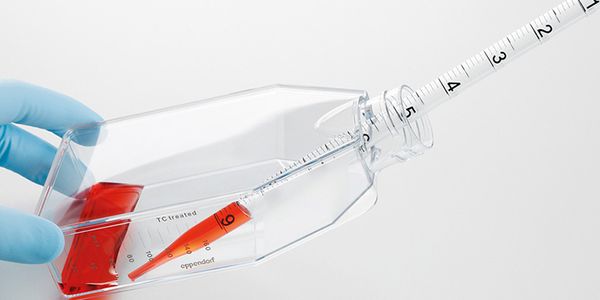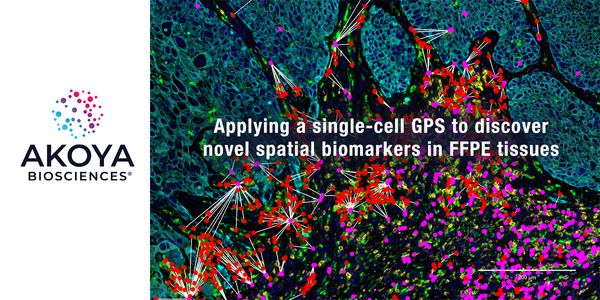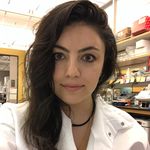Stem Cell Technologies
Stem cell technologies are a rapidly developing field that combines the efforts of cell biologists, geneticists, and clinicians and offers hope of effective treatment for a variety of malignant and non-malignant diseases.
-
This session introduces basic concepts of imaging-based high-throughput screening (HTS) and high-throughput profiling assay development. Imaging-based HTS assays are designed to evaluate a d...
NOV 18, 2020 | 7:00 AM
DATE: November 18, 2020 TIME: 7:00am PST, 10:00am PST, 4:00pm CEST The assessment of cell health and cellular responses after experimental manipulation continue to be a very important......
NOV 05, 2020 | 7:00 AM
DATE: Date needed, 2020 TIME: Time needed Exosomes are a population of naturally occurring mobile, membrane-limited, 30 – 100 nm in diameter, extracellular vesicles containing a large...
Speaker:
Jorge Escobar
, Aurélie Tacheny
OCT 08, 2020 | 7:00 AM
DATE: October 8, 2020 TIME: 7:00am PDT, 10:00am EDT, 4:00pm CEST How often do you pipette in your cell culture lab every day? Usually, we do it so often that we tend stop thinking about ho...
Every patient is different and so is every tumor! The term “personalized oncology” today is largely associated with sequencing approaches. Current publications proof more and mor...
Speaker:
Christian Regenbrecht, PhD
Presented at: Cancer Research & Oncology Week Virtual Event Series 2020
Sponsored By: Luminex - A DiaSorin Company
Sponsored By: Luminex - A DiaSorin Company
Tumor phenotypes are dictated not only by the neoplastic cell component, but also by the tumor microenvironment (TME), which is inherently immuno-suppressive, is equipped to hamper effector...
Speaker:
Dr. Sergio Rutella
Presented at: Cancer Research & Oncology Week Virtual Event Series 2020
Sponsored By: NanoString Technologies
Sponsored By: NanoString Technologies
SEP 30, 2020 | 12:00 AM
CRISPR experiments are a powerful tool which are easy to carry out, however it is more difficult to determine the outcome of these experiments, and to ensure that only the desired targets we...
SEP 28, 2020 | 5:00 PM
Date: September 28, 2020 Time: 5:00pm (PDT), 8:00am (HKT), 9:00am (JST) Although there have been dramatic advances in the field of single-cell sequencing, current methods cannot be applied t...
Speaker:
Kohta Miyawaki, MD, PhD
, Aaron Mayer, PhD
, Oliver Braubach, Ph.D.
Sponsored By: Akoya Biosciences
There are many methods of nucleic acid isolation. Each technology offers different approaches of purification of the template. However, it is important to control carry over of “proces...
Speaker:
Katherine Mechling
For more than a century, breakthroughs in biological sciences have relied on the ability to study cells outside of respective organisms. While majority of cell culturing is still performed u...
Speaker:
Jun Park, PhD
Extracellular vesicles (EVs) are lipid bilayer-delimited pieces of cells that are released from the plasma membrane as "ectosomes" and from the endosomal system as "exosomes.&...
Extracellular ligands bind to receptors on the cell surface leading to receptor internalization. Once internalized into small vesicles, the vesicles fuse with an organelle known as the sorti...
Intestinal organoids are self-organizing, 3D structures derived from either pluripotent stem cells or from primary tissues with the abiltiy to recapitulate some of the spatial architecture a...
Speaker:
Kevin Su
























